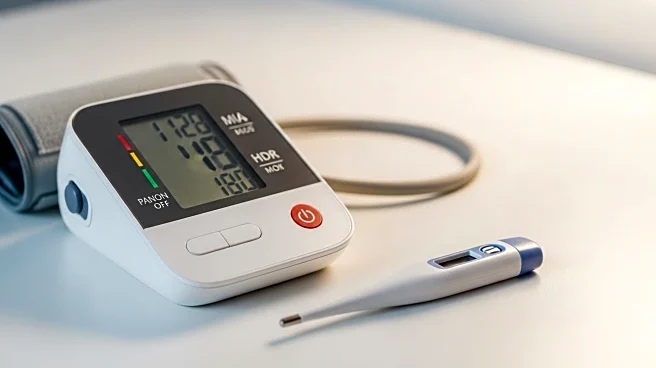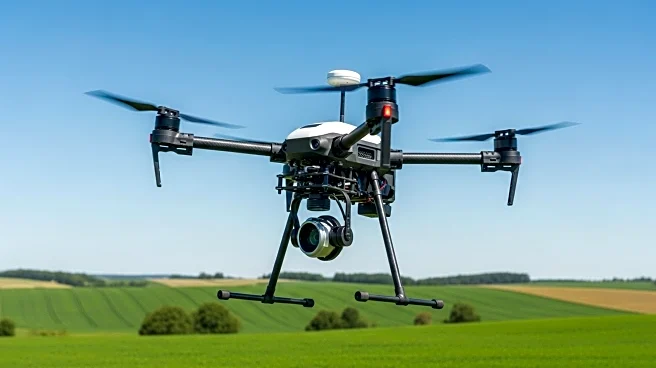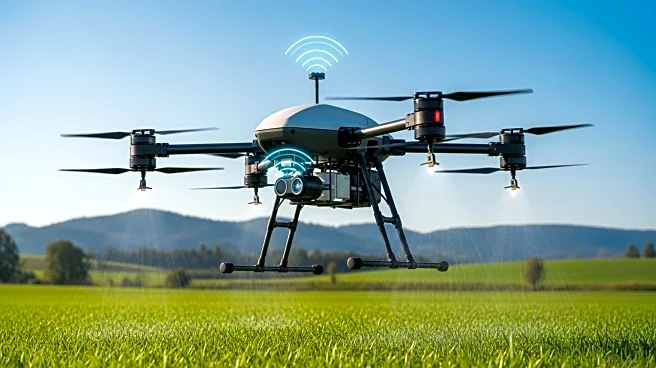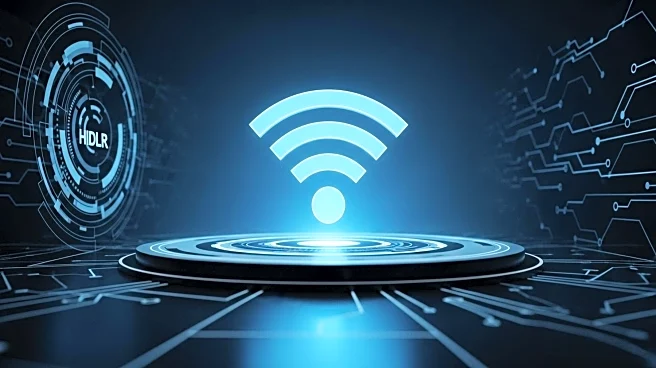What's Happening?
The self-care medical devices market is experiencing significant growth, driven by the increasing prevalence of chronic diseases, an aging population, and technological advancements. According to recent research, the market is expected to reach USD 45.94 billion by 2033, growing at a CAGR of 5.89% from 2025 to 2033. North America currently leads the market, holding over 34.7% of the share. Key factors contributing to this growth include the rising demand for devices like blood glucose monitors and wearable ECGs, which empower patients to manage their health independently. Innovations such as wireless connectivity and AI integration are enhancing the accuracy and user-friendliness of these devices.
Why It's Important?
The expansion of the self-care medical devices market is crucial for improving healthcare accessibility and reducing costs. As chronic diseases become more prevalent, these devices offer a way for patients to monitor their health at home, potentially decreasing hospital visits and healthcare expenses. The integration of telehealth with self-care devices further enhances patient-doctor collaboration, making healthcare more efficient. This growth also presents opportunities for companies to innovate and meet the needs of an aging population, driving economic growth in the healthcare sector.
What's Next?
The market is expected to continue expanding as technological advancements make self-care devices more accessible and efficient. Companies are likely to focus on developing more user-friendly and portable devices, appealing to both younger and older demographics. Government support, such as fast-track approvals for digital health tools, will likely encourage further innovation. The integration of wearable technology and telehealth is expected to drive market growth, making healthcare more seamless and efficient.











